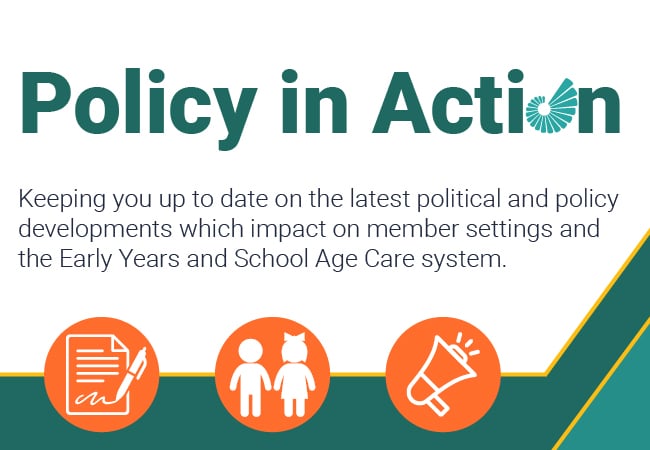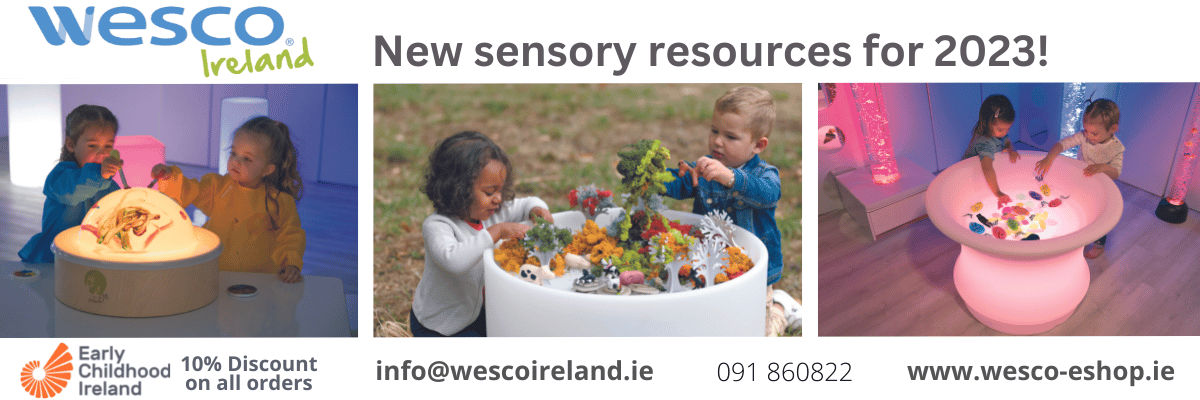Why movement matters for babies

Babies are fascinating. They arrive into a world where they explore, query, test and analyse the working parts that make up their bodies, their environments and the interactions with other people around them. They engage with their senses to differentiate between hot and cold, soft or hard, wet and dry, all the while developing their overall physical capacities. Babies have pre-conceived expectations placed on them by adults, particularly within the first 2 years of life, about when they are expected to sit, stand, crawl and walk. Research demonstrates that children are expected to stand independently without holding onto furniture by the age of 9-16 months, with sitting upright assumed necessary for this to occur (Haywood and Getchell, 2014).
In development, faster does not mean better, and slower does not mean panic. But research like this can highlight how the design of the environment, the equipment available for uninterrupted play and the level of freedom associated with activities for babies and young children will stimulate and influence areas of their development.
Babies need environments that are safe, challenging and predictable so they can learn and develop. And of course, they need secure relationships, so they have the reassurance to try new things. If babies and young children are placed in a seated position for most of their day, whether that be in an educator’s arms, on their lap or in high chairs, they are lacking opportunities to tune in to the physical abilities that their body is built for. For example, the Pikler approach is rooted in having respect for the child and their need for uninterrupted free movement. Tasks are completed with the child being involved in the decision making, rather than the task being done “to” them. For example, sitting passively while being fed by an adult is discouraged and children are invited to take food from their own bowl that is comfortably within their reach. Simple evaluations of daily tasks such as this can encourage more physical movement for babies and toddlers while ensuring their needs are being met. Our image of the child needs to be reflected on here. Seeing infants as capable and competent and trusting in their abilities will enable us to, as Magda Gerber says ‘trust the infant to be an initiator, to be an explorer eager to learn what they are ready for. Because of this trust, we provide the infant with only enough help necessary to allow the child to enjoy the mastery of their own actions.’
How else can we involve the child and incorporate more movement in the daily routine with babies and toddlers? It is important that babies are active participants in this and there is lots of mutual enjoyment as children play these games and have fun!
Use transition times to encourage movement
Have clear pathways between various areas such as between the main room and the nappy changing area. Develop a habit where you open dialogue about the child needing a nappy change, give them the time to physically make their way over to you towards the nappy area, do not rush them and use their name to direct their attention. The idea is to invite the child to move themselves towards the nappy area without being carried. Being carried may be necessary depending on the layout of the service, however, incorporating invitations for children to come to you by crawling or walking even to the door increases their activity levels, compared to you as the practitioner walking over and picking them up. This type of practice can be used for feeding time, going outdoors, coming back indoors or telling the group you are going to read a story and if they want to come over, they can. This form of practice limits carrying children to an area and invites them to use physical movements in a space that builds trust, positive interactions and provides space for children to exercise their right to participate in matters that affect them (UNCRC, 1989).
Clear your floor!
Create an environment in which the child can best do all the things that the child would do naturally. The more predictable an environment is, the easier it is for babies to learn. As infants become more mobile, they need safe, appropriate space in which to move. Their natural, inborn desire to move should not be inhibited by the environment. Make clear floor space a key element of the environment design, with some challenging obstacles within the room allowing for new movements to occur. This could include ramps, boxes or steps to crawl or balance on, large balls to push and roll on, a pillow wall to climb over, bean bags to throw or slide on or specialised equipment, for example, the Pikler Triangle as shown above. By providing challenging equipment, educators build trust in the child’s ability to know their limits and support them when they want to explore their movements further.
Involve babies and young children fully in self-care tasks
This can include asking a child to take a wet wipe out of the packet, or a fresh facecloth from a basin and wiping their own face and bringing the wet wipe over to the bin or basin for used cloths. If babies and young children eat in high chairs, when they have finished eating, take them out of the highchair and then engage them in cleaning their own face. Not only does this reduce the number of time babies and young children spend in highchairs, but it encourages the child to link self-care tasks to their need to physically move to various areas of their environment. If you need a large bin in your room that is not easily accessible for children, you could provide a bin that is smaller and easier for children to reach.
Just give time!
Babies need lots of time for play and exploration without adult interruption. As well as teaching babies new skills, take time to appreciate and admire what skills babies already have and what they are doing, observe them as they play and move.
Dance!
Hold the child in your arms, if the baby is happy to be involved in this kind of movement, and move them up and down, side to side and do it fast or slow. Not only is this a fun activity for babies in particular, but this type of movement encourages the development of their vestibular system which is responsible for sending messages to the brain to keep the body balanced, both while standing and in motion.
Hide and Seek
Simple but effective! This game can encourage babies and young children to physically come over to you in a constant motion. For example, first, stand by one end of the room covering your face in a peek-a-boo style encouraging the child to come to find you. Then as the child gets nearer to you, praise them for finding you and then playfully move to another area of the room. The child will engage in this for as long as they want to.
Or perhaps use homemade musical instruments like hitting spoons on bowls. Hide and seek can also involve them searching for toys placed around the room. For example, “Where is the red ball? Where is the truck? What is under the table?”. Based on the child’s physical abilities means you can adjust how far or near you are for them to find you. The key things are that babies engage to the extent they wish to.
Engaging babies and young children under 2 years of age in physical movement is essential, but it does not have to be complicated. By being aware of the needs of children in caregiving routines can allow you to critically think about adapting your practice to encourage children to explore more movement. The quality of the interactions between an infant and educator significantly affects the development of the brain and future physical, emotional and mental health, so the key is always that babies are cared for and their movement behaviours are encouraged in a secure respectful environment.









